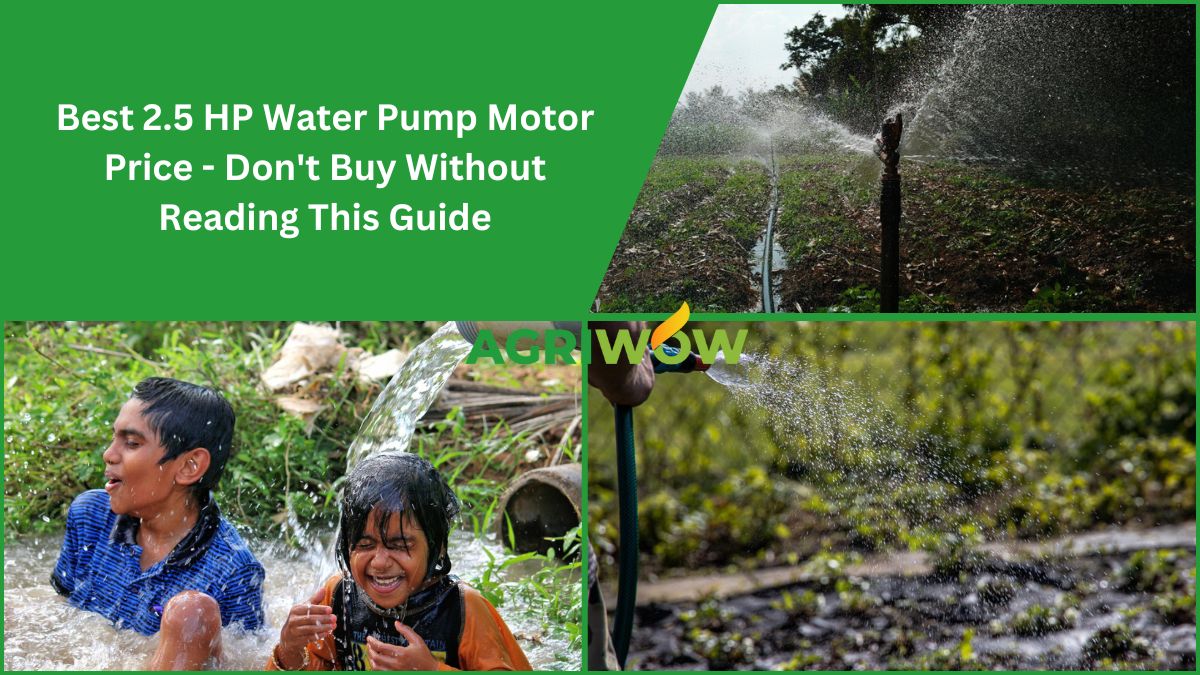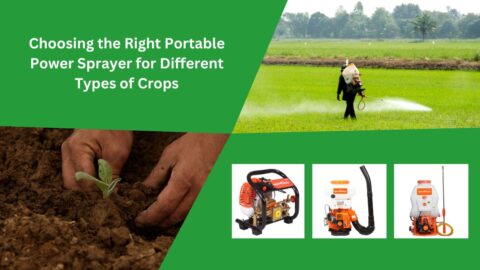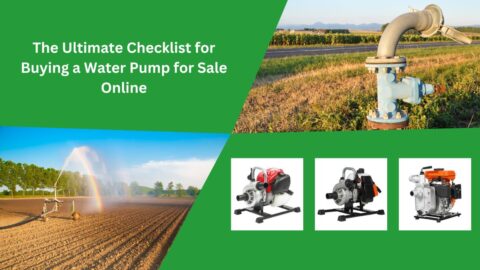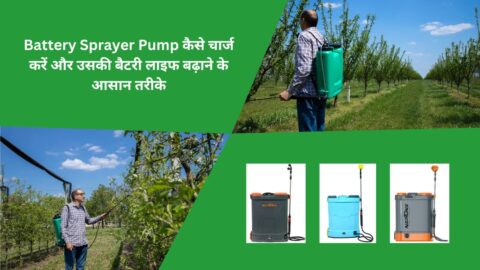Water is essential to every farmer’s success, and at the core of any productive field is a reliable farm water pump. Whether you’re planning to upgrade to a 2.5 HP water pump or exploring small pump options for various needs, understanding prices, performance, and proper maintenance is critical. This guide walks you through everything from Water Pump Motor Price to smart usage and longevity tips.
A 2.5 HP water pump is the sweet spot for many agricultural and domestic applications. It offers strong water discharge capabilities without consuming excessive power. But how much should you expect to pay?
In India, prices typically start around ₹3,100 for a basic surface pump. On the higher end, submersible borewell pumps for agricultural use from premium brands like Kirloskar or Crompton may cost ₹12,000 to ₹32,000 or more.
Key factors that affect water pump motor price include:
- Pump Type:
- Monoblock Pumps: Great for surface water; generally budget-friendly.
- Submersible Pumps: Designed for deeper water sources and priced higher.
- Centrifugal Pumps: Widely used and vary in price based on material and capacity.
- Monoblock Pumps: Great for surface water; generally budget-friendly.
- Brand Value: Reputable names like Kirloskar, Crompton, and Neptune tend to cost more but offer better reliability and service support.
- Build Quality: Cast iron or stainless steel materials increase the price but ensure durability.
- Advanced Features: Copper windings, thermal overload protection, and high head/flow rate designs will also impact cost.
- Power Phase: Single-phase pumps are more common for home use, while three-phase models are typically required for larger-scale farms.
Before Buying, Ask Yourself:
- What is your water source borewell, open well, or tank?
- What head (vertical lift) and flow rate do you need?
- Do you have access to single-phase or three-phase power?
- Is this pump for daily irrigation or occasional water transfer?
Buying the right pump now can save you a lot on energy and repairs down the road.
Understanding Small Water Pump Prices: What to Expect
When we talk about “small” pumps, we’re covering a wide range: everything from compact aquarium motors to household monoblock pumps. Depending on purpose and specs, water pump price small can vary significantly.
- Miniature DC Pumps: These start from just ₹130 to ₹700 — perfect for DIY projects or aquariums.
- Domestic Monoblock Pumps (0.5 HP – 1.5 HP): These handle home water supply and usually cost ₹2,000 to ₹10,000. For example, a 0.5 HP self-priming pump may go for ₹2,100 to ₹3,000.
- Portable Fuel-Powered Pumps: Ideal where electricity is unreliable. For instance, a neptune water pump with a 1.67 HP petrol engine might cost ₹12,000, while a 6.5 HP model could reach ₹15,000 or more.
When choosing a small pump, pay attention to:
- Horsepower (HP)
- Flow rate (litres per minute/hour)
- Head (vertical lift capability)
Matching these specs to your task is crucial for performance and efficiency.
Smart Farming: How to Operate a Water Pump Efficiently on the Farm -Agriculture Farming
Getting the right pump is only the beginning. Efficient operation and smart farming practices will save water, reduce electricity bills, and increase your crop yield.
Choosing the Right Pump
- Centrifugal Pumps: Best for shallow, high-volume water transfer.
- Submersible Pumps: Designed for deep borewells.
- Sizing: Oversized pumps waste energy. Undersized pumps underperform. Do your head and flow rate calculations carefully.
- High-Efficiency Models: Look for pumps with energy-efficient motors or VFD (Variable Frequency Drive) options.
Installation Tips
- Keep suction lift short — this improves efficiency.
- Use properly sized pipes to reduce pressure loss.
- Install the pump on a stable, level base to minimize vibration.
Operational Best Practices
- Prime the pump before starting (for surface models).
- Monitor pressure and flow using gauges.
- Use timers and soil moisture sensors to automate irrigation schedules.
- If you’re off-grid, consider switching to solar water pumps for long-term savings.
7 Maintenance Hacks to Extend the Lifespan of Your neptune water Pumps
To protect your investment and ensure smooth operation for years, regular maintenance is essential. These hacks apply to all models, including the neptune water pump:
- Clean the Pump Exterior: Dirt and debris can block vents and cause overheating.
- Check for Leaks: Pipes and seals should be inspected regularly.
- Inspect Seals and Gaskets: Replace worn-out parts before they fail completely.
- Lubricate as Needed: Bearings and moving parts should be greased based on the manufacturer’s schedule.
- Watch for Odd Noises or Vibrations: This could signal internal wear or cavitation.
- Protect from Weather: Outdoor pumps should be housed or shielded from sun and rain.
- Check Electrical Health: Make sure voltage is stable and connections are tight. If your pump includes a thermal overload switch, learn how it works.
Conclusion
Whether you’re running a full-scale agricultural setup or simply trying to boost water flow at home, the right water pump can make a big difference. Understanding water pump motor price, matching pump specs to your use case, and performing regular maintenance will help you get the most value for your money.
Need help picking a model or comparing specs? I can assist with that too.
FAQ
Q1. What kind of water pump is ideal for agricultural deep wells?
Submersible pumps are the go-to solution for deep-well applications in agriculture. They are designed to lift water efficiently from considerable depths and operate while fully submerged—making them reliable, durable, and well-suited to this use case.
Q2. How can I increase the energy efficiency of my diesel (or petrol) water pump for farming?
To enhance efficiency, keep up with regular maintenance and consider implementing a variable frequency drive (VFD) to match pump speed with actual irrigation needs. This optimization helps minimize fuel consumption and wear .
Q3. What common issues arise in domestic water pumps in India, and how can they be addressed?
Domestic pumps often face issues like motor failure (due to overheating or electrical faults), clogged intake screens or impellers, leaking seals, inconsistent pressure, and airlock problems. Addressing these involves inspecting electrical connections, cleaning filters, replacing worn seals, and ensuring airtight pipe fittings










